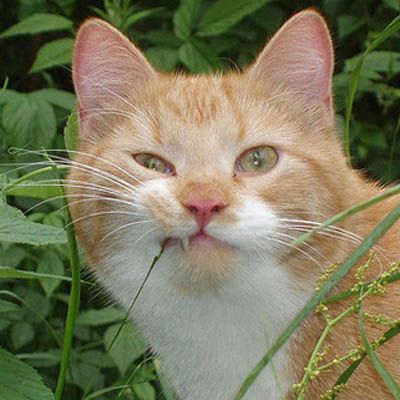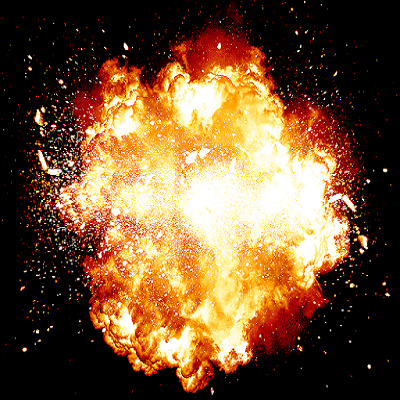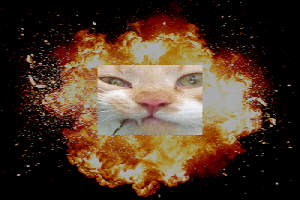https://github.com/marklagodych/bmp_c
A simple C library for operating on images and working with BMP files
https://github.com/marklagodych/bmp_c
bmp c image-processing
Last synced: 4 months ago
JSON representation
A simple C library for operating on images and working with BMP files
- Host: GitHub
- URL: https://github.com/marklagodych/bmp_c
- Owner: MarkLagodych
- Created: 2020-10-28T12:24:15.000Z (almost 5 years ago)
- Default Branch: master
- Last Pushed: 2020-10-31T21:27:36.000Z (almost 5 years ago)
- Last Synced: 2025-02-24T17:14:39.708Z (8 months ago)
- Topics: bmp, c, image-processing
- Language: C
- Homepage:
- Size: 711 KB
- Stars: 1
- Watchers: 2
- Forks: 0
- Open Issues: 0
-
Metadata Files:
- Readme: README.md
Awesome Lists containing this project
README
# BMP_C
## A simple C library for operating on images and working with BMP files
`images.c`, `images.h` include functions, needed to operate on images
`bmp.c`, `bmp.h` include functions, needed to read/write simple 24-bit RGB .bmp files
# Example
```c
#include "images.h"
#include "bmp.h"
int main() {
// Read a few .bmp images
Image *img1 = BMP_Read("1.bmp");
Image *img2 = BMP_Read("2.bmp");
// Create image with the same size as img1
Image *img3 = CreateCompatible(img1);
// Overlay img2 on the img3 (black by default)
// starting from point(0;0)
// Saturation ratio img3:img2 -- 1:2
OverlayImage(img3, 0, 0, img2, 1, 2);
CopyFragment(img3, 130, 130, img1, 130, 130, img1->width-260, img1->height-260);
ResizeImage(img3, 300, 200, RESIZE_AVERAGE);
BMP_Write(img3, "result.bmp");
// Free all the memory
DeleteImage(img1);
DeleteImage(img2);
DeleteImage(img3);
return errno;
}
```
Source images


Result

## Brief description of main types
```c
typedef uint8_t Color;
typedef uint32_t uint;
```
`Color` is a minimal type to store a pixel channel.
`uint` is a type, enough to store image width/height
Here is the declaration of `Pixel`:
```c
typedef struct {
Color B, G, R;
} Pixel;
```
Here is the declaration of `Image`:
```c
typedef struct {
uint width, height;
Pixel *data;
} Image;
```
So, when declaring `Image *img;` we declare a pointer to an image container that has a pointer to pixel data.
Why so complicated? The thing is it is easier to call functions that change images.
And because of so many pointers, we have several `Delete..` functions:
```c
// Frees allocated memory
void DeleteImage(Image *image); // Both functions below
void DeleteData(Image *image); // Frees only pixel data
void DeleteContainer(Image *image); // Frees only image structure, not its pixel data
```
`DeleteImage` may be called in the end of using your image.
`DeleteContainer` and `DeleteData` may be called inside your functions that operate on images.
## Brief description of main macros/functions
- `pix(r, g, b)` macro is a shortcut to create a `Pixel` structure from given R, G and B values
- `pixi(image, x, y)` macro gets an access to an image pixel.
Example:
```c
pixi(img1, 10, 34) = pix(255, 255, 0);
```
This code sets a pixel of img1 with coordinates (10;34) to yellow color.
- ```Pixel avgpix(Pixel pixel1, Pixel pixel2, uint a, uint b);```
This function makes an avarage from two pixels with ratio a:b
- ```Image *CreateImage(uint width, uint height);```
Allocates memory to store an image with given size
- ```Image *CreateCompatible(Image *image);```
Creates an image with the same size
## Further reading
Take a look at `bmp.h` and `images.h` files.